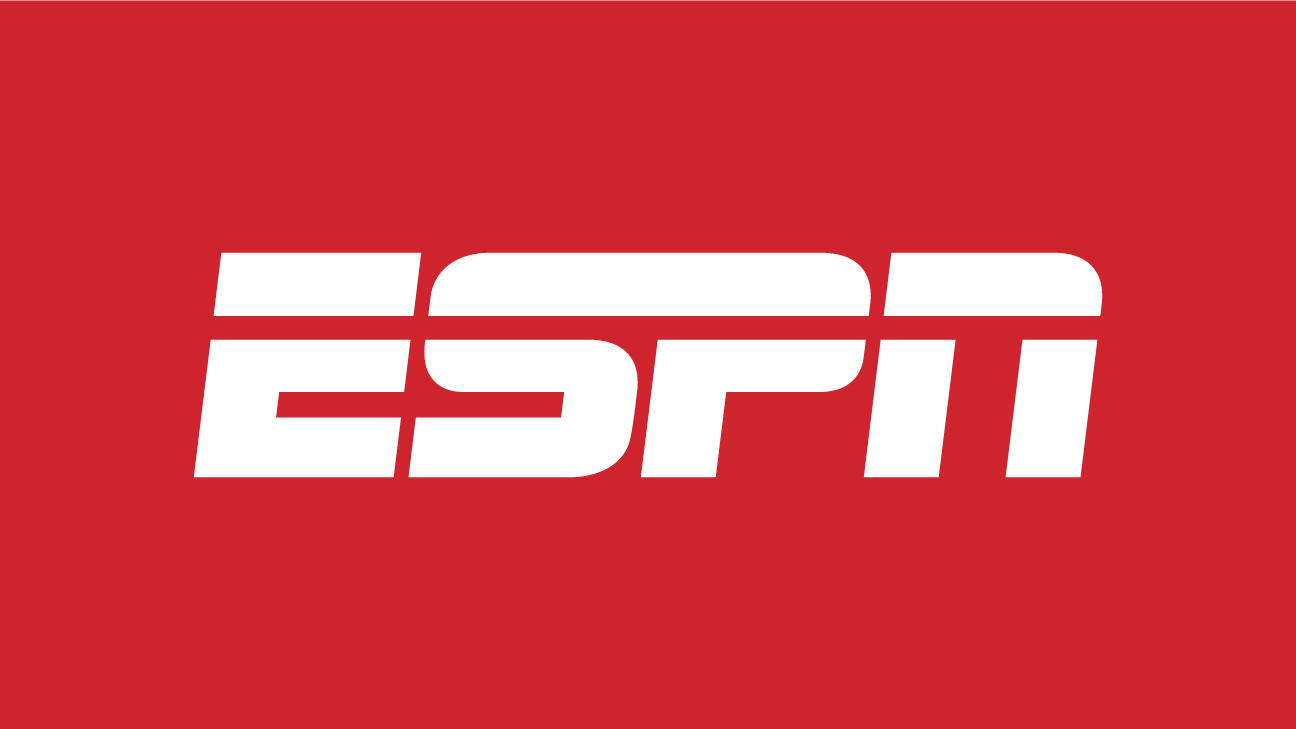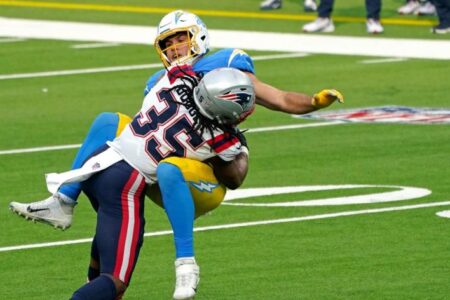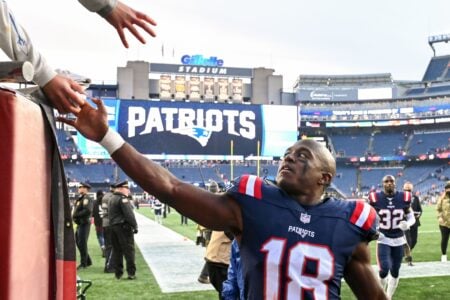This morning I decided to look at Pittsburgh's history of drafting receivers, since they are considered to be the gold standard of drafting WR. It took just a few seconds to see that the Steelers place a very large emphasis of utilizing the draft to fill their roster at WR (whereas the Pats tend to fill their WR position with veterans via trades).
for the tl;dr crowd: Steelers draft very well at WR, but they also draft far more often than most at WR
As I was looking at Pittsburgh's draft history I wondered what positions they devalued for using draft capital. Knowing that there are more positions that need to be filled than there are draft picks available, there must be position(s) they fill by other means (undrafted rookies, waivers, trade, low price free agency, mid price free agency, high end free agency). Same holds true for every NFL team in terms of roster building.
It immediately became obvious that one group of positions the Steelers tend to downplay via the draft was the entire offensive line. I decided to look at 2000-2020; this length of time would provide a good sample size, and it would also correspond with Belichick's hire with New England.
In that time the Steelers have had 167 draft picks. In that time Pittsburgh selected a wide receiver 24 times, and an offensive lineman 26 times. (In the last eight drafts the Steelers have selected an offensive lineman just five times, with none in the first two rounds; the four chosen prior to rookie Kevin Dotson never amounted to anything.) To me that's a big disparity considering you are comparing three starting positions to five; offensive linemen rarely play all 16 games due to injuries; and as a result of Pittsburgh's success at drafting receivers the WR position was rarely a position of need.
Here is the WR breakdown by round, with an admittedly off-the-cuff grade of good (+) or not (-)
1st: Santonio Holmes '06 (+); Plaxico Burress '00 (+)
2nd: Chase Claypool, '20 (+); JuJu Smith-Schuster '17 (+); Limas Sweed '08 (-); Antwaan Randle El '02 (+)
3rd: Diontae Johnson '19 (+); Sammie Coates '15 (-); Dri Archer '14 (-); Markus Wheaton '13 (-); Emmanuel Sanders '10 (+); Mike Wallace '09 (+)
4th: Martavis Bryant '14 (-); Fred Gibson '05 (-); Danny Farmer '00 (-)
5th: none
6th: Justin Brown '13 (-); Antonio Brown '10 (+); Lee Mays '02 (-)
7th: Demarcus Ayers '16 (-); Toney Clemons '12 (-); Dallas Baker '07 (-); Chris Taylor '01 (-)
Pittsburgh deserves to be lauded for their prowess in the early rounds, hitting on five out of six selections from the first two rounds and eight out of twelve in rounds 1-3.
One thing that should be noted is that from the 4th round on only one of the ten players drafted was a hit. Something to keep in mind when labeling a player a draft bust; perhaps our collective expectations for success in the latter rounds (Jeremy Ebert, Josh Boyce, Jeremy Gallon, Devin Lucien) is too high.
The Steelers have truly hit on many of their wide receiver picks - nine in the last two decades - but they have also spent a great deal of draft capital on the position. (The trend goes back further as well: a 2nd & 7th in '97, a 3rd in '98, a 1st in '99.) The Pittsburgh organization has a completely different mindset to roster management and draft strategy than the Patriots do under Belichick. I am not convinced that one method is right and the other is wrong, as both organizations have been extremely successful in comparison to the rest of the league during this time frame.




















